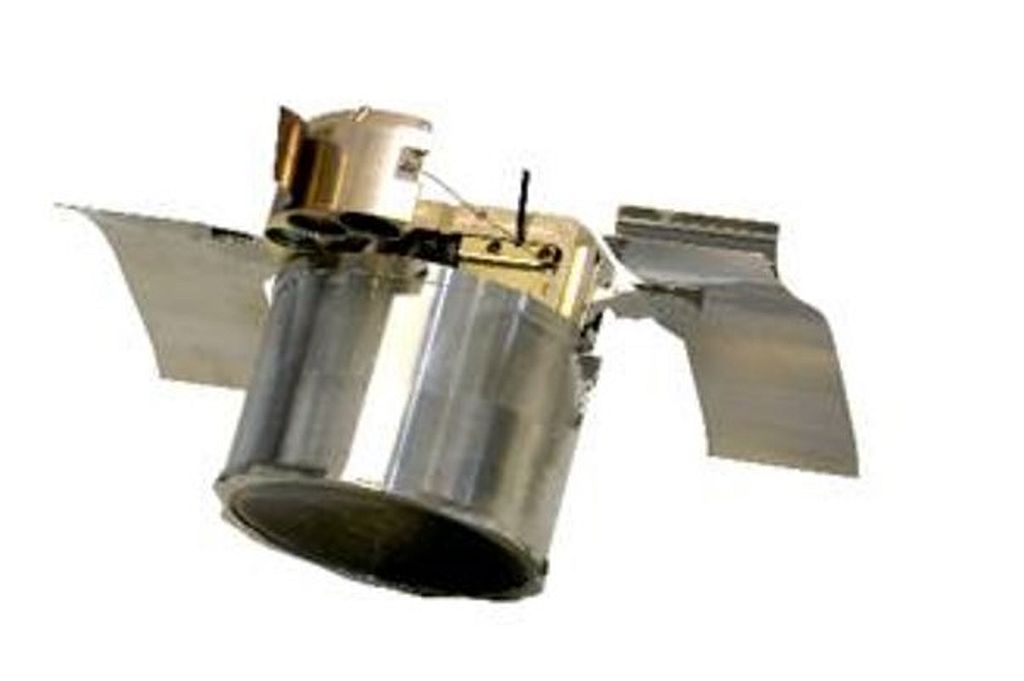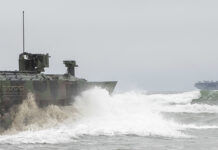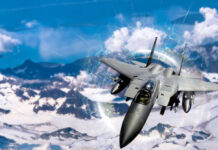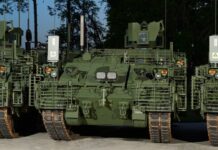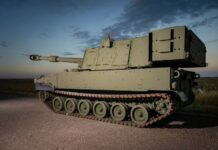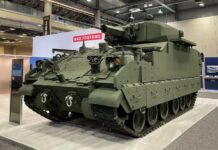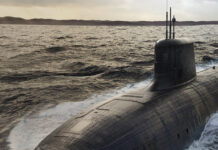The Finnish Defence Forces (FDF) have been authorised to order additional 155 mm BONUS Mk II anti-armour artillery shells from French contractor Nexter, according to a press release published on the Finnish Ministry of Defence website on 24 February 2023.
The FDF have had 155 mm BONUS rounds in their inventory since 2014, and while the press release does not reveal the quantities to be contracted, the total value of the procurement is given as approximately EUR 35 M.
Development of the BONUS (BOfors NUtating Shell) began in 1985 as a study project of the Swedish Defence Materiel Administration (FMV). The intent was to find a way to increase the effectiveness of artillery in engaging enemy armoured units. Through co-operation between Bofors (now BAE Systems Bofors) in Sweden and Nexter in France development was completed in 1992, with the French and Swedish armies introducing the munition into service in 2000. Since then the BONUS round has been produced by both BAE Systems Bofors and Nexter.
Each BONUS round weighs 45 kg and is equipped with a base bleed unit that extends the range of the shell to 27 km when fired from an L39 gun or to 35 km from a longer L52 gun. A BONUS shell is handled and fired as a conventional time-fuzed artillery shell and contains two sensor-fuzed submunitions weighing 6.5 kg each. When the fuze activates the shell over the target area, an expulsion charge in the nose of the projectile ejects the two submunitions, which then deploy small wings that serve to stabilise them, slow their descent and cause them to ‘corkscrew’ as they fall over the target area. This corkscrewing motion causes the passive infrared and laser sensors on the submunitions to scan the ground below as the submunition descends, with each submunition covering an area of up to 32.000 m2. When the sensors detect a target, such as an enemy main battle tank, the explosively formed projectile (EFP) warhead is detonated to attack the thinner top armour of the target. If no targets are detected, the submunition self-destructs to eliminate unexploded ordnance hazards.
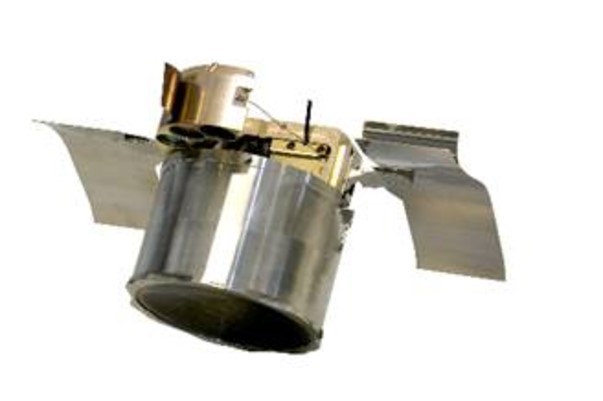
In an EFP warhead the force of the explosion is used to project the EFP ‘jet’ towards the target at over 2,000 m/s. The kinetic energy of the projectile, rather than the force of the explosion, is what defeats the target. Unlike shaped-charge warheads, an EFP maintains its integrity and shape, allowing it to be projected over considerable distances. BAE Systems Bofors gives the penetration capabilities of the BONUS warhead as greater than 100-140 mm of rolled homogeneous armour.
While neither the BONUS carrier shell nor the submunitions themselves are guided, the combination of two submunitions per shell, the wide search pattern of the submunition sensors and the use of the sensors to trigger the warhead significantly increases the ability of artillery to engage hostile heavy armour, to the point where BAE Systems Bofors claims a probability of hit in excess of one target per shell.
An additional selling point of the BONUS is that, due to the number of submunitions in each shell, and the size and weight of each submunition, the BONUS is not considered a ‘cluster munition’ according to the Oslo Convention on Cluster Munitions, meaning that its use is not proscribed by that treaty.
The BONUS is conceptually similar to the German 155mm SMArt artillery round, the main difference between the two being that SMArt submunitions use parachutes rather than wings during their descent and target scanning phase.
In addition to France, Sweden and Finland, Norway also uses BONUS rounds. They have also been donated by France to Ukraine.
Thomas Lauge Nielson


